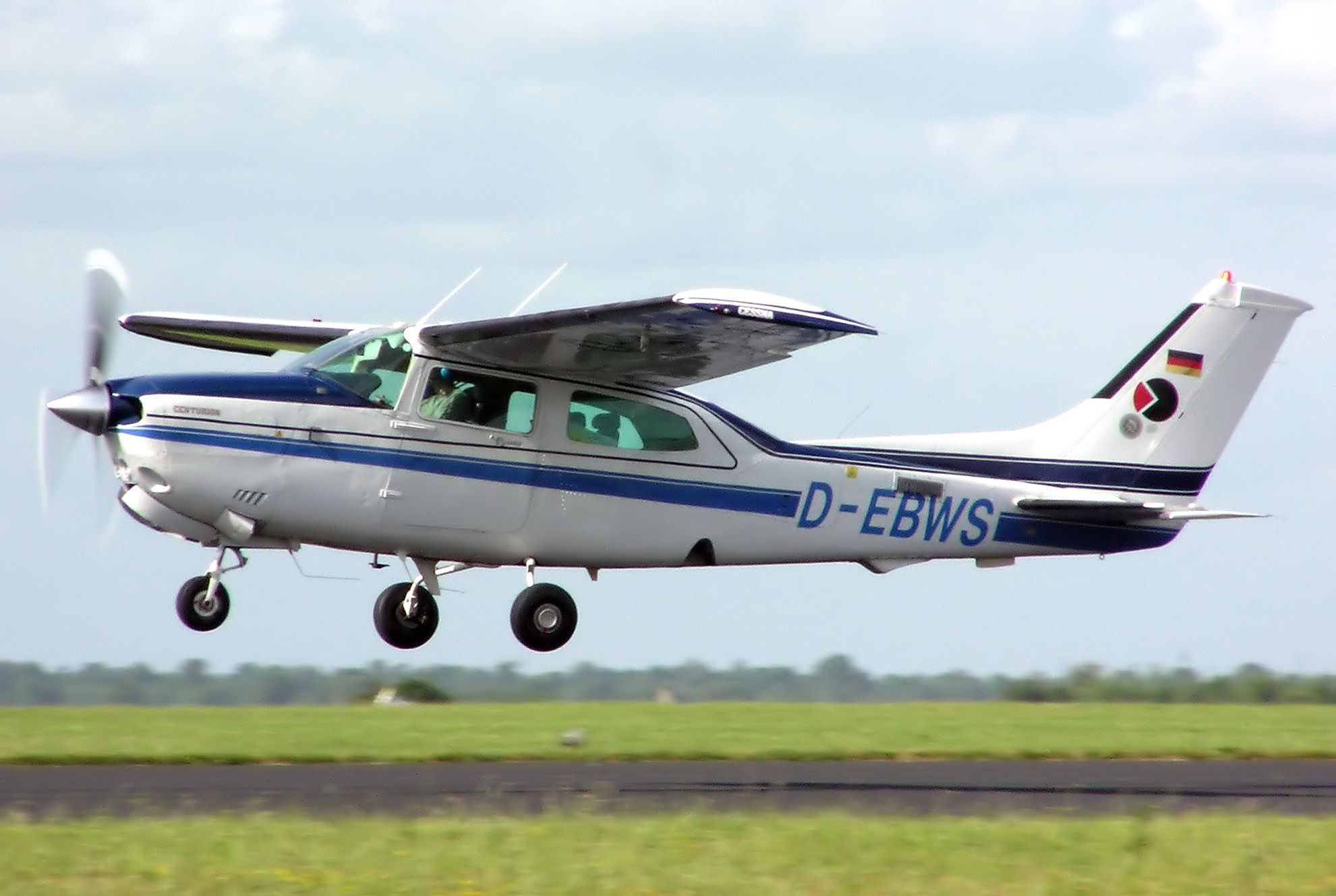The FAA has turned Textron’s previous service bulletin requiring inspections of Cessna 210 spar caps into an Airworthiness Directive that goes into effect on March 9, with compliance due within 60 days or 20 hours’ time in service. The mandatory service bulletin was released last November after the inflight breakup of a Cessna 210 in Australia traced to fatigue cracking emanating from a “corrosion pit.” The FAA estimates the cost of the AD to be less than $2,000 per aircraft assuming no damage is found. It estimates that spar replacement, required if cracks are found, could cost $43,600 per aircraft.
UPDATE: The FAA agreed on March 24 to extend the deadline for compliance with this AD. The Wichita Aircraft Certification Office says that it agrees to “extend the compliance time for AD 2020-03-16 to September 9, 2020 or within the next 20 hours time-in-service (TIS) after March 9, 2020, whichever occurs first. AD 2020-03-16 currently requires operators complete the requirements of the AD within 60 days after March 9, 2020 or within the next 20 hours time-in-service (TIS) after March 9, 2020, whichever occurs first.”
“This AD requires visual and eddy current inspections of the carry-thru spar lower cap, corrective action if necessary, application of a protective coating and corrosion inhibiting compound (CIC), and reporting the inspection results to the FAA,” according to the AD. As part of its backgrounding process, the FAA received reports of “widespread and severe corrosion of the carry-thru spar” on Cessna 210G through 210M models, including the T210 variants. “Further investigation identified that these early model airplanes were manufactured without corrosion protection or primer, increasing their susceptibility to corrosion. Additionally, the design of these early model airplanes, where the upper surface of the spar is exposed to the environment, allows a pathway for moisture intrusion. Model 210-series airplanes were also delivered with foam installed along the carry-thru spar lower cap. The foam traps moisture against the lower surface of the carry-thru spar cap, which can increase the development of corrosion,” according to the AD.
There are differences in scope between the Textron MSB and the AD. For one, the AD does not apply to the later N- and R-model 210s because they were manufactured with corrosion proofing. The MSB allowed 12 months for compliance while the AD requires the inspection within 60 days. The AD requires inspecting only the lower spar cap, but definitively requires an eddy-current inspection and not just a visual inspection; the MSB’s callout for an eddy current was contextual on the amount of corrosion found.




































“the AD does not apply to the later N- and R-model 210s because they were manufactured with corrosion proofing”
“the AD does not apply to the later N- and R-model 210s because they were manufactured with corrosion proofing.” Nor does it mention the 177s which share a similar design of carry-through spar; none of which were manufactured with corrosion proofing
True, Jim, the 177 did not have corrosion protection of the spar, with the exception of the Reims Cardinals built in France. In the U.S., internal corrosion protection was an option. But, they also did not have the foam applied to the lower cap as the 210 did. The Cardinal community is fully expecting we will get sucked into the AD in the future, so many owners have included visual and some eddy current inspections as part of their annual inspections. There have been some reports of corrosion in spots, but to my knowledge, no cracks or corrosion that would require a replacement. The FAA estimates that a spar replacement would cost about $43,000. That’s assuming you can even find a replacement. Last I heard, which was several years ago, Cessna quoted a 177 spar replacement at about $12,000 just for the part. Oh, and they gave no estimate on delivery time. Unless you get lucky and find a 210 being parted out, good luck in actually finding a spar.
Yet another datapoint that belies the notion that our 1970s airplanes are going to fly forever.